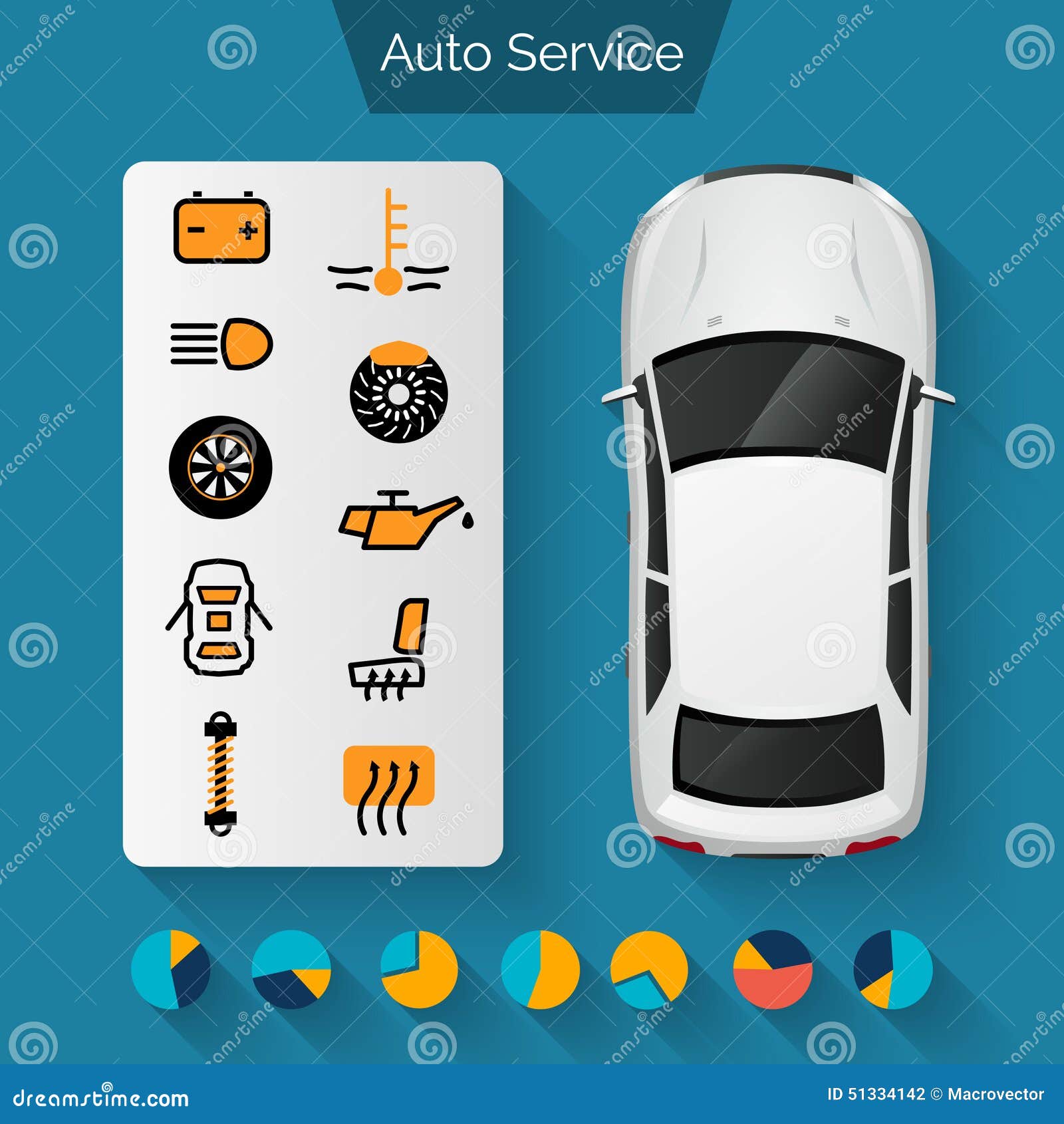Looking For Clarity On The Warning Lights Displayed On Your Automobile'S Control Panel? Discover Just How They Connect To Your Automobile'S Health And Safety
Looking For Clarity On The Warning Lights Displayed On Your Automobile'S Control Panel? Discover Just How They Connect To Your Automobile'S Health And Safety
Blog Article
Created By-Sykes Dalgaard
When you're behind the wheel, those beautiful warning lights on your control panel can be a little bit difficult. Do you know what they're trying to tell you about your cars and truck's wellness? Recognizing the relevance of these lights is vital for your safety and security and the longevity of your car. So, the next time one of those lights pops up, wouldn't you want to decode its message accurately and take the needed steps to resolve it?
Common Caution Lighting and Interpretations
Identify common caution lights in your automobile and comprehend their significances to ensure risk-free driving.
https://www.autoserviceworld.com/inside-the-unique-ase-test-development-process/ of the most common caution lights include the check engine light, which signifies concerns with the engine or exhausts system. If this light begins, it's important to have your vehicle examined quickly.
The oil pressure advising light indicates low oil stress, calling for instant attention to avoid engine damages.
A flashing battery light could recommend a faulty billing system, potentially leaving you stranded otherwise resolved.
The tire pressure surveillance system (TPMS) light notifies you to reduced tire stress, influencing car stability and fuel performance. Ignoring this can bring about harmful driving conditions.
The abdominal light indicates an issue with the anti-lock braking system, endangering your capacity to quit promptly in emergency situations.
Last but not least, the coolant temperature level advising light warns of engine getting too hot, which can result in severe damage if not dealt with quickly.
Understanding these typical warning lights will aid you address problems without delay and keep risk-free driving conditions.
Value of Prompt Interest
Understanding the typical warning lights in your automobile is just the first step; the value of quickly attending to these cautions can't be emphasized enough to ensure your safety and security when driving.
When a caution light brightens on your control panel, it's your automobile's means of communicating a potential problem that needs attention. Disregarding these cautions can cause much more serious problems later on, endangering your safety and potentially costing you more out of commission.
Prompt interest to alerting lights can prevent malfunctions and accidents. As an example, a flashing check engine light can indicate a misfire that, if left neglected, could trigger damages to the catalytic converter. Addressing this without delay can conserve you from a costly repair.
Likewise, a brake system warning light could signal reduced brake fluid or worn brake pads, important parts for your safety and security when driving.
DIY Troubleshooting Tips
If you notice a caution light on your dashboard, there are a couple of do it yourself fixing suggestions you can attempt prior to looking for specialist help.
The initial step is to consult your automobile's handbook to recognize what the certain caution light shows. Sometimes the problem can be as straightforward as a loose gas cap setting off the check engine light. Tightening the gas cap may deal with the trouble.
interior car cleaning cheap is a low battery, which can activate different alerting lights. Checking the battery connections for rust and ensuring they're safe and secure may deal with the trouble.
If a caution light continues, you can attempt resetting it by separating the cars and truck's battery for a couple of mins and then reconnecting it. In addition, examining your automobile's fluid levels, such as oil, coolant, and brake fluid, can aid fix cautioning lights connected to these systems.
Verdict
In conclusion, understanding your car's caution lights is crucial for keeping your lorry running smoothly and securely. By quickly attending to these alerts and recognizing what they suggest, you can avoid pricey repair services and potential malfunctions.
Keep in mind to consult your vehicle's guidebook for certain details on each cautioning light and do something about it accordingly to ensure a hassle-free driving experience.
Remain educated, stay secure when traveling!
